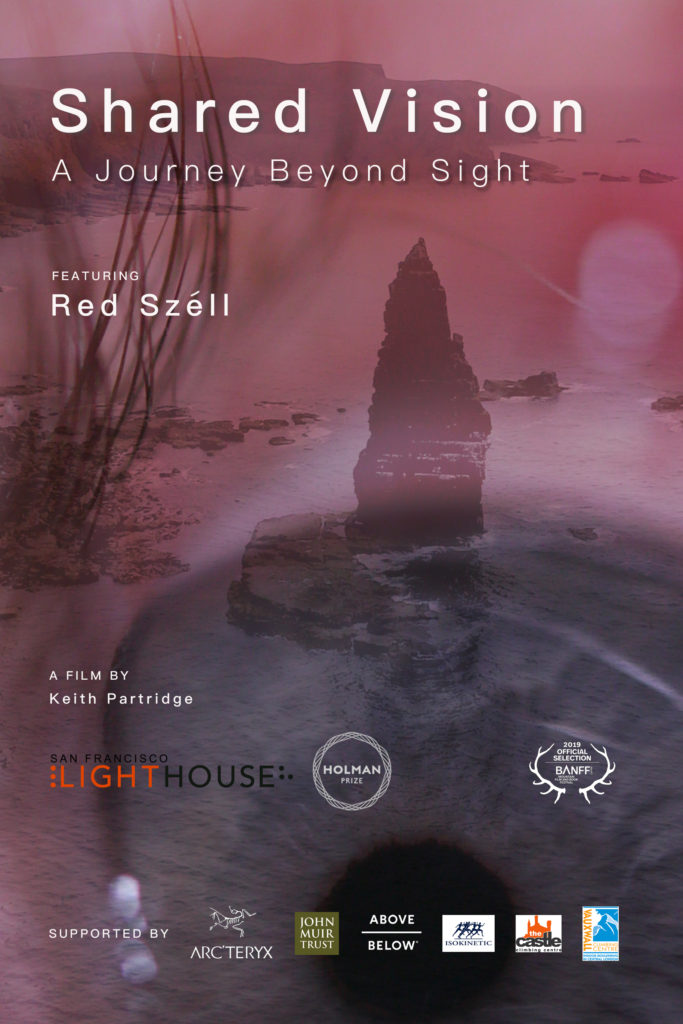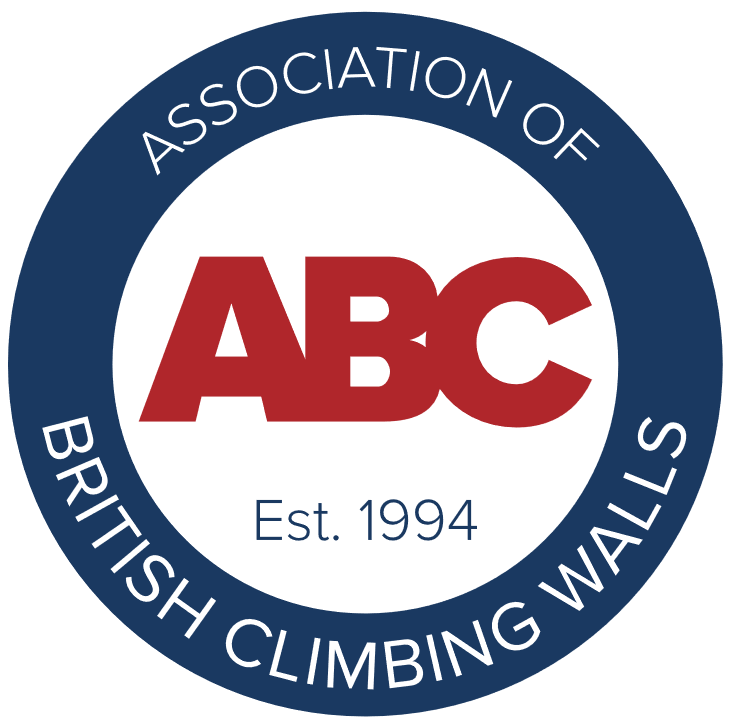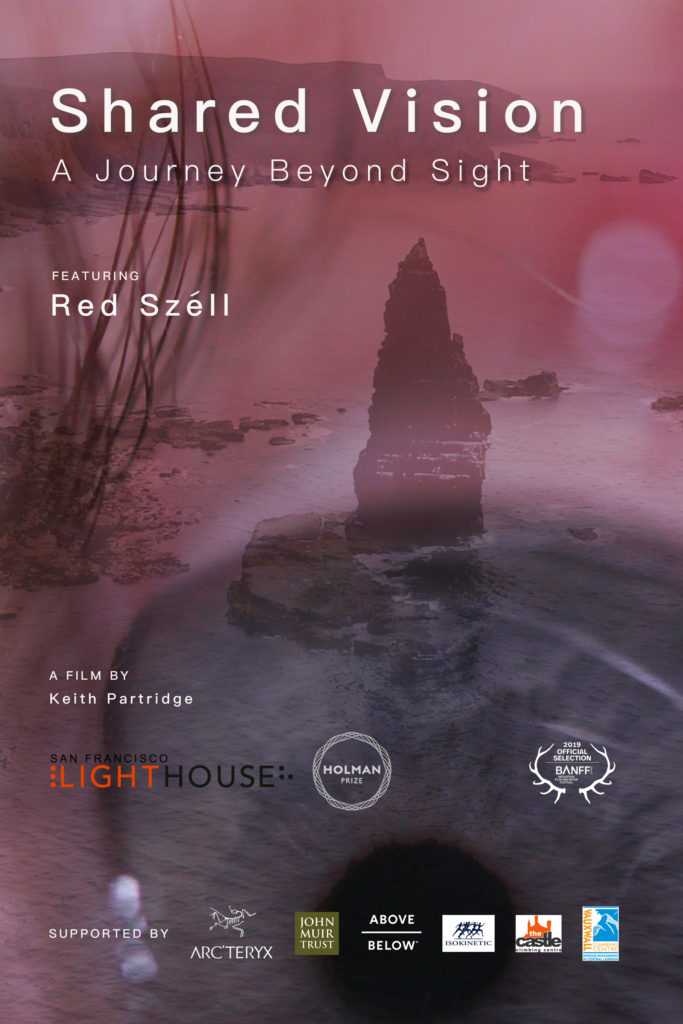It’s one of the top multi-pitch trad routes in British climbing; a true classic and a masterclass in route-finding.
A Dream of White Horses on the North Stack of Gogarth in Anglesey stitches its way across the imposing, off-vertical cliff-face and hanging slabs above a zawn.
With sketchy, infrequent footholds and the constant risk of taking a huge pendulum should you fall, the exposure alone justifies its HVS grade. But I’ve still dreamed of climbing it for years, and this September I got the chance.
The haunting sound of a seal singing in the sea cave at the foot of the cliff only added to the atmosphere as we prepared to tackle the first pitch after abseiling down to the belay.
Climbing blind always makes finding holds more tricky, and even sighted climbers tackling Dream find it notoriously hard to spot the thin edges that serve as toeholds above the long drop to the roiling sea.
In fact, my guide, top Mountain Instructor Libby Peter, was so concerned that she’d suggested we climb as a team of three, and so we were joined by Olly Chapman, a strong young climber who is training to become a Guide.
It was a wise precaution. Each of the pitches has points out of sight of the belayer, and unless you know the route well, most climbers use tell-tale chalk marks to follow its erratic path, across, up, down and round corners, grooves and bulges.
Being in a Zawn, much of the route lies in shadow and it can get pretty chilly at the hanging belays, so I was really glad I’d brought a windproof jacket and an extra fleece.
But with a cool September breeze funnelling past me it was difficult to stay warm, and I was dreaming of a hot cup of tea as I got ready for the sensational final pitch which weaves across a series of pillars and grooves on a slab overhanging the hollowed-out base of the cliff.
Of course I could see none of this, but Libby had warned me that it might be ‘challenging’. And I was still warming up when I reached what for me turned out to be the crux: a tricky downclimb, round a bulge, across the void to bridge a deep groove.
Finding nothing for my left foot, I asked Libby for directions, only to be told that the sole option was a narrow ledge 12-inches below and further left of my outstretched shoe.
To reach it I was going to have to let go with my right hand and drop down onto it.
Simple enough if you can see but dynos are not the most blind-friendly tactic, particularly when the consequence of getting it wrong is a big swing across the face before either crashing into rock, or being left dangling beneath the overhang.
I needed to find another way. Hanging off a fully extended right arm, I groped around with my left hand until I found an invisible undercling at hip-height. Smearing with my left foot I matched hands and walked the fingers of my left round the bulge till they closed on a juggy side-pull.
As my feet cut loose, I heard the sea gurgling in the throat of the cave below and prayed that my toes would land on something positive before my arms gave out.
Miraculously my right foot found the ledge Libby had told me about, allowing me to bridge out with my left.
I heard a far-off cheer and realised that one of the other teams climbing Dream had been watching. Even better, when we topped out we found that the pair who had climbed the route before us had retrieved our gear (including approach shoes) saving us a toe-jarring scramble back to the abseil.
Sipping my tea and soaking up the September sun, I reflected on the kindness, inclusivity, and problem-solving abilities that are so abundant in the climbing community.
Whether I’m bouldering at BethWall, top-roping at The Castle, or clinging to a cliff-face, it’s an ethos that encourages me to dream of what I can still achieve, rather than have nightmares about what I have lost.
Written by Red Széll, author of The Blind Man of Hoy, first blind person to summit The Old Man of Hoy in 2013, and proud to be a Friend of Arc’teryx.














